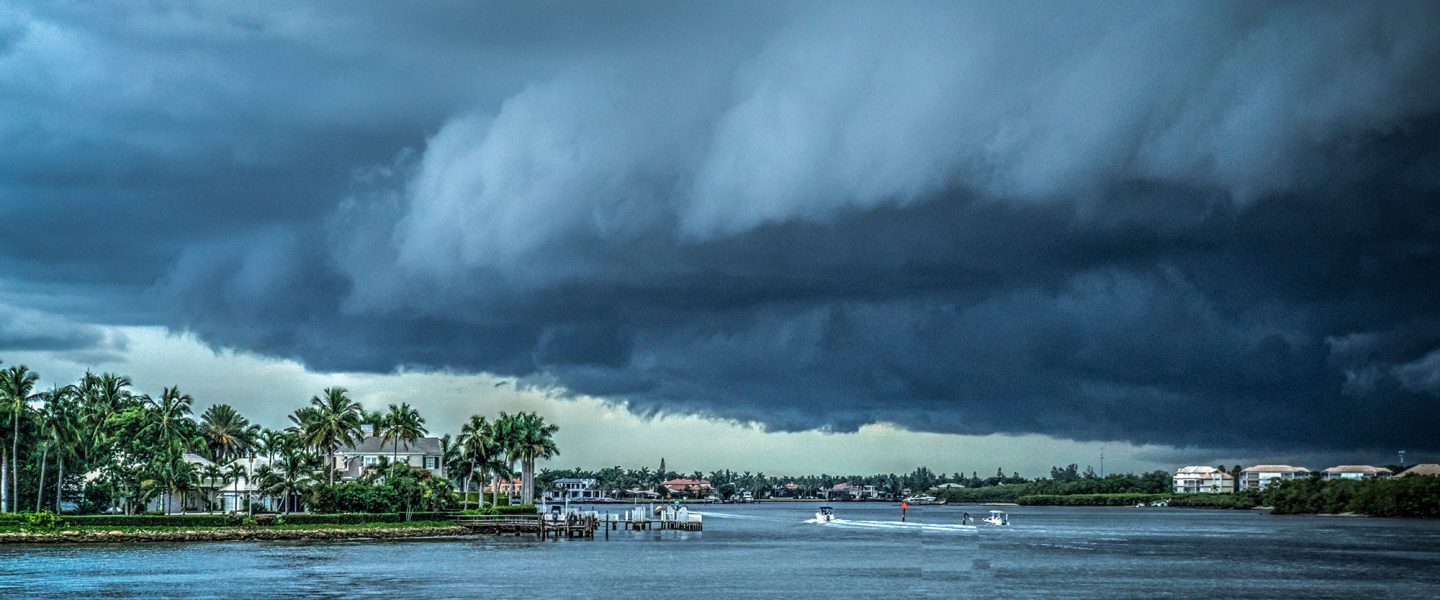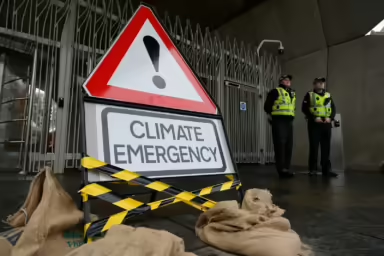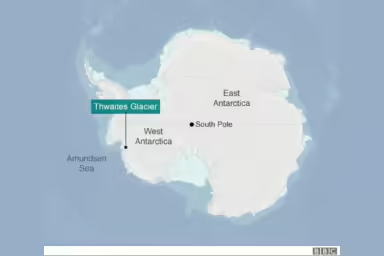In the US in 2023, billion-dollar climate disasters claimed the lives of nearly 500 people and cost over $90 billion. Yet a significant segment of the country continues to deny the reality of climate change.
|
Listen To This Story
|
In the 1980s, the United States experienced 33 weather and climate events whose costs exceeded $1 billion. So far this decade, there have already been twice as many in just three years, including a record high 28 in 2023, according to a new report from the National Oceanic and Atmospheric’s (NOAA) National Centers for Environmental Information.
The previous high for billion-dollar disasters was 22 in 2020.
Overall, last year saw a severe drought, four flooding events, 19 severe storms that caused more than $1 billion in damage, two tropical cyclones, a wildfire, and a winter storm.
In total, these disasters caused the deaths of 492 people and cost $92.9 billion… so far. NOAA stated that the price tag could still go up as additional costs from these 28 events become known.
And while these might seem like incredibly high numbers, things could have been much worse, for example if disasters had struck more populated areas.
However, a troubling trend is undeniable: Natural disasters are getting more frequent and expensive. Over the past seven years, 137 of them killed more than 5,500 people and resulted in damages exceeding $1 trillion.
And don’t expect this to change.
2023 was the hottest year on record globally and the fifth hottest in the US. These high temperatures are a key contributing factor to the occurrence and severity of many of these disasters. For example, hurricanes grow stronger over warm water, and draughts and heat waves are not just catastrophes themselves but also contribute to wildfires.
Floods are also becoming more frequent.
“The US has experienced an increase in billion-dollar, non-hurricane, inland flood disasters (i.e., from extreme rainfall, riverine flooding) in the last decade (18 floods during 2010-2019) than during the prior 3 decades combined (15 floods during 1980-2009),” NOAA stated.
In light of all of these figures, as well as a consensus that things are likely to get worse, it is baffling that the US continues to drag its feet on taking meaningful action to combat climate change.
Yes, the cost of doing something is high. In order to meet the climate goals needed to ward off the most catastrophic effects of global warming, the US economy will have to undergo a significant and pricey transformation.
However, that cost will soon be dwarfed by the cost of doing nothing. Still, many Republicans continue to deny the existence of climate change, and all GOP presidential candidates want to expand the production of fossil fuels.
Needless to say, many of them, as well as a sophisticated disinformation campaign, have been bankrolled by fossil fuel companies for decades (for more on this, read Russ Baker’s latest substack). This unholy alliance is one of the biggest reasons why the US has not taken meaningful action to combat a problem that has been known for 50 years.
Of course, this is not just an American problem. Climate disasters are increasing across the globe, and few countries are doing their part to do anything about it.
Still, as one of the biggest offenders when it comes to polluting the planet, the US should be leading the way instead of engaging in denialism.
Because, at some point, the bill for this inaction will come due.




